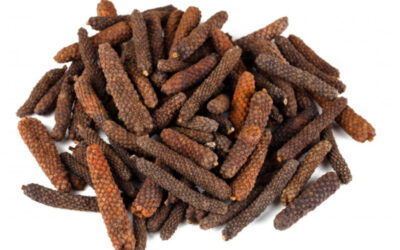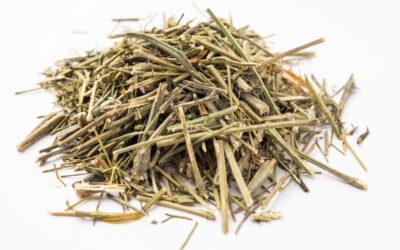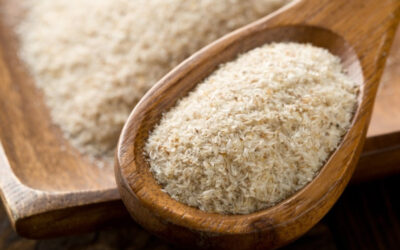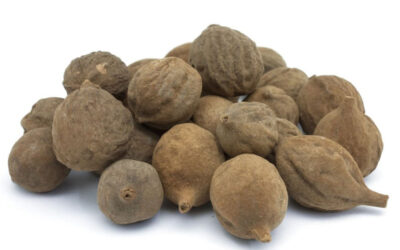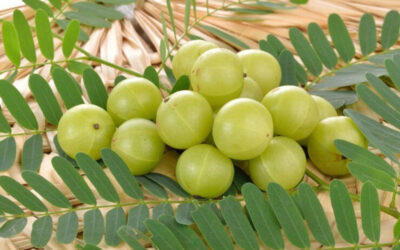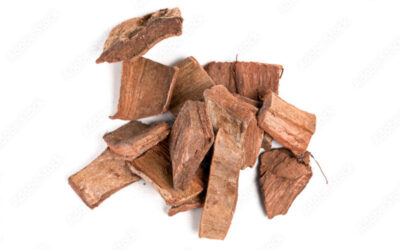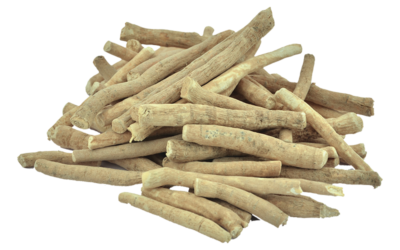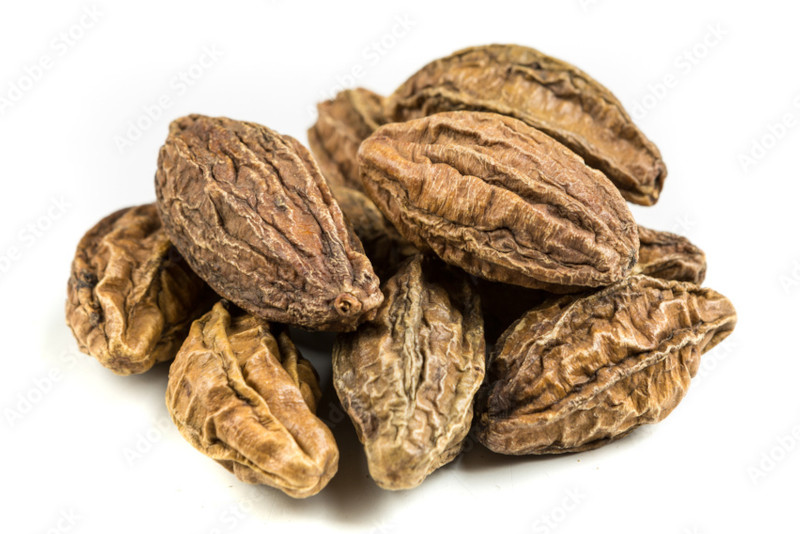
Available in 5 and 25 Kg packs
Product Details
Origin: Haritaki (Terminalia chebula) is native to Southeast Asia.
Production: India is the largest producer of Haritaki (Terminalia chebula) in the world. Haritaki trees are typically grown in tropical and subtropical regions.
Name: Haritaki, Harad, Sanskrit names – Pathya, Jivanti and Abhaya. Generic name: Chebulic Myrobalan.
Nomenclature: The nomenclature of Haritaki can be broken down as Genus – Terminalia and Species – chebula. In botanical nomenclature, the genus name Terminalia and the species chebula together form the scientific name of the plant.
Brief History:
Haritaki (Terminalia chebula) has a rich and ancient history, deeply rooted in traditional medicine systems, especially Ayurveda. Haritaki is prominently mentioned in ancient Ayurvedic texts, including the Charaka Samhita and Sushruta Samhita. These texts, dating back thousands of years, describe the medicinal properties and uses of Haritaki. Ayurveda, the traditional system of medicine in India, considers Haritaki as one of the most versatile herbs. It is classified as a “Rasayana,” a category of herbs known for promoting longevity, enhancing health, and rejuvenating the body. Haritaki has been used traditionally for a wide range of health conditions. Its uses include digestive issues, detoxification, respiratory conditions, skin ailments, and as a general health tonic. Haritaki holds cultural significance in India and Southeast Asia. It is often associated with Lord Shiva in Hindu mythology, and the tree is considered sacred. Haritaki has also been mentioned in traditional Chinese medicine texts, where it is known as “He Zi.” It is used in various formulations for its potential health benefits. Over the years, Haritaki has gained global recognition beyond South Asia, and its traditional uses have sparked interest in the global herbal medicine community. In recent years, there has been increased scientific interest in Haritaki, leading to studies exploring its pharmacological properties. Researchers are investigating its potential in areas such as antioxidant activity, anti-inflammatory effects, and various health applications. Haritaki is now commercially available in various forms, including powders, capsules, and extracts. It has found its way into the global market as a natural supplement.
Physical Properties:
The physical properties of Haritaki (Terminalia chebula) can vary depending on factors such as the specific part of the plant used, the method of processing, and environmental conditions. Here are some general physical properties associated with different parts of the Haritaki plant:
Fruit: Size and Shap – The fruit of Haritaki is typically small to medium-sized and may vary in shape from round to oval. Color – The color of the fruit can range from green when unripe to yellow or black when fully mature. Texture – The fruit has a firm outer covering and a fleshy interior.
Seed: Size and Shape – Haritaki seeds are small, hard, and typically have an elliptical or oval shape. Color – Seeds are usually brown or black.
Bark: Texture – The bark of the Haritaki tree is rough and can be fissured. It tends to be brown in color.
Wood: Color – The heartwood of the Haritaki tree is dark brown. Texture – The wood is hard and durable, making it suitable for various applications, such as in the construction of handles and utensils.
Powder: Color – Haritaki powder is usually brown to dark brown, depending on the processing and drying methods. Texture – The powder has a fine and granular texture.
Extracts: Form – Haritaki extracts are often available in liquid or concentrated forms.
Color: Extracts can range in color from dark brown to black.
Health benefits of Haritaki
- Antiviral – extracts of the fruit inhibit HIV (Data Source NIH)
- It has laxative, purgative, astringent and restorative properties
- Boosts energy
- Promotes longevity
- Improves memory
- Improves metabolism and aids digestion
- Anti-inflammatory
- Enhances the five senses
- Protects from oxidative stress
- Aphrodisiac
- Antioxidant
- Mouthwash preparation using this herb’s extracts can help prevent cavities
Nutritional value in 100 grams of Haritaki
Haritaki (Terminalia chebula) is primarily valued for its medicinal properties rather than being a significant source of nutrition. As a result, the nutritional content of Haritaki is not typically emphasized. However, here is a rough estimate of the nutritional components found in 100 grams of Haritaki:
Calories: Approximately 300-350 kcal
Protein: 6-9 grams
Carbohydrates: 60-70 grams
Dietary Fiber: 20-30 grams
Fat: 1-2 grams
Vitamins: Haritaki contains small amounts of vitamins, including vitamin C.
Minerals: It contains minerals such as calcium, phosphorus, iron, and traces of other minerals.
Uses:
Haritaki (Terminalia chebula) is a versatile herb with a wide range of traditional uses in various medicinal systems, especially in Ayurveda. Here are some of the common uses and benefits of Haritaki:
- Digestive Health: Haritaki is well-known for its digestive benefits. It helps in regulating bowel movements and can be used to treat constipation. It also aids in digestion by promoting the proper absorption of nutrients.
- Detoxification: Haritaki is believed to have detoxifying properties, helping to remove toxins from the body. It is often used in cleansing therapies (panchakarma) in Ayurveda.
- Immune System Support: The herb is considered an immune system booster, assisting the body in resisting infections and illnesses.
- Anti-inflammatory: Haritaki has anti-inflammatory properties that may help in reducing inflammation in various parts of the body.
- Antioxidant: It contains compounds with antioxidant properties, which help in neutralizing free radicals and protecting cells from damage.
- Cardiovascular Health: Haritaki is believed to have positive effects on cardiovascular health. It may help in managing cholesterol levels and maintaining heart health.
- Anti-bacterial and Anti-fungal: Haritaki has demonstrated antimicrobial properties and may be beneficial in fighting against bacteria and fungi.
- Liver Health: It is used to support liver function and may help in conditions related to liver disorders.
- Respiratory Health: Haritaki is believed to be helpful in respiratory conditions. It may aid in managing cough, cold, and other respiratory issues.
- Weight Management: Some traditional uses involve Haritaki in formulations for weight management, as it is believed to help in reducing excess weight.
- Skin Health: External applications and internal use of Haritaki are believed to have benefits for the skin. It may help in managing skin conditions and promoting a healthy complexion.
- Anti-aging: Haritaki, when used as part of Ayurvedic formulations, is considered to have anti-aging properties.
- Eye Health: It is traditionally used in formulations to support eye health and manage conditions related to the eyes.
